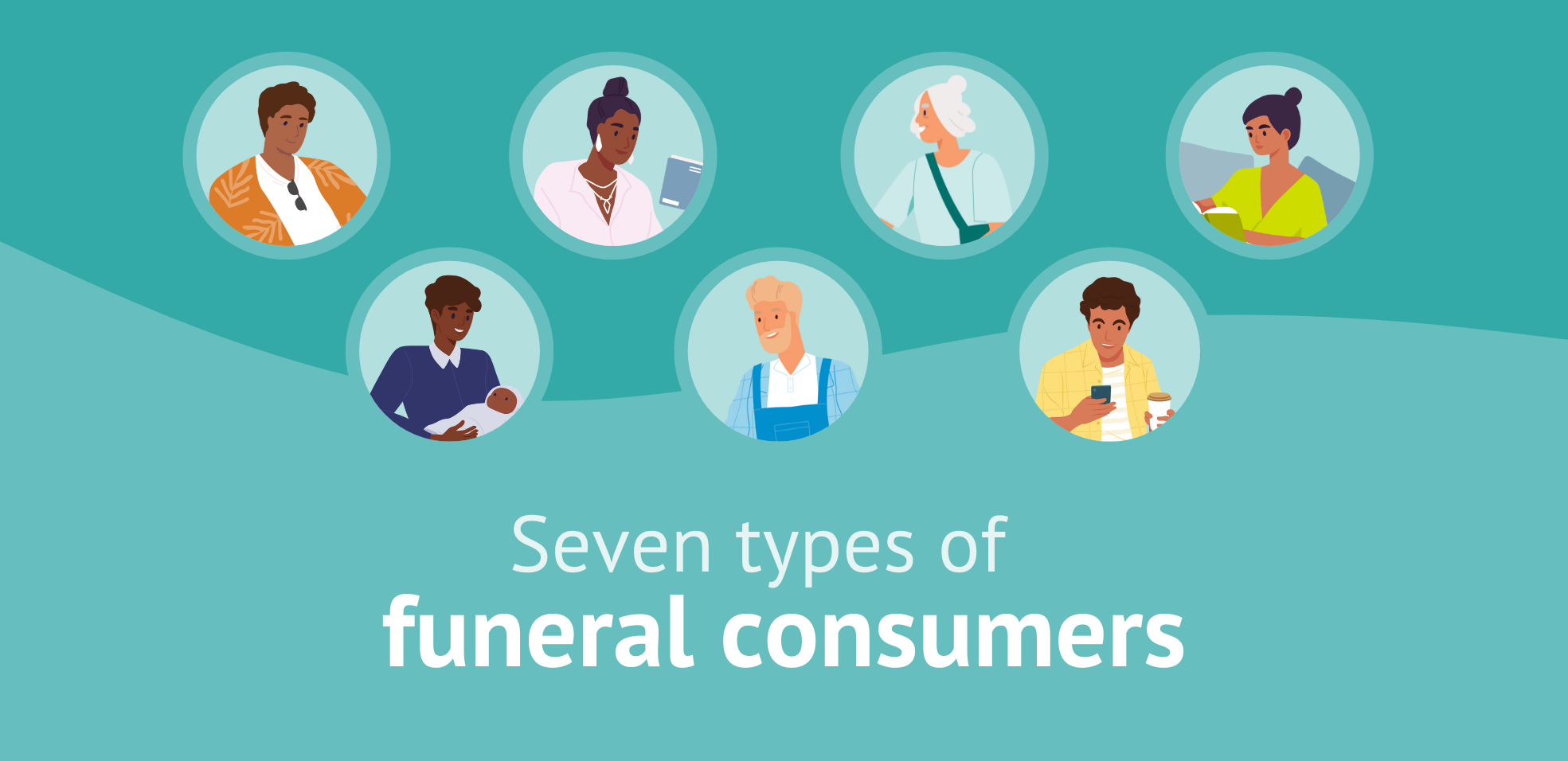5 ways to build a strong partnership with hospice
January 07, 2025

Does your funeral home work with local hospice organizations?
Like many funeral directors, you understand that building relationships with hospice is important. But you might only hear from them when a death has occurred.
Collaborating with hospice beforehand can help both of you provide better service to families in your care and make the transition seamless. And though hospice organizations can’t recommend one funeral home over another, you should still focus on building relationships with them to help you successfully bridge the gap between hospice and your funeral home.
Don't know where to start? Keep reading!
/Blog%20and%20Featured%20Image%20Illustrations/5%20Strategies%20TWO.png?width=980&height=490&name=5%20Strategies%20TWO.png)
1. Set up a point person
Hospice workers may never meet you face-to-face. Different people in your funeral home handle transfers and answer calls, making it difficult for hospice teams to feel a personal connection.
So, what can you do to improve communication?
Start by picking a dedicated point person to build relationships and maintain regular contact with hospice teams. Open communication is the key to making this work – it’s the foundation of any strong relationship!
Think about how helpful it would be to have a go-to person when you need help with your Wi-Fi or phone service. You would know each other’s names and be familiar with working together to get things done.
By giving hospice nurses a go-to person, you make it easier for them to trust and connect with your funeral home. They might even start vouching for your funeral home and the service you provide!
>>>>>Read this blog for extra pointers on how to keep the relationship between you and hospice strong.
2. Provide education
Hospice nurses need YOU to educate them about your funeral home and what services you have to offer so they can fully explain service options to families.
Provide them with the education they need to understand the benefits of funeral service.
Here are 2 different ways you can educate hospice about your funeral home:
- Share informational brochures, hand-outs, or booklets with details about funeral service and the value you provide to families
-
Give presentations about important funeral-related topics, like:
-
Planning ahead
-
Disposition and service options
-
Veteran and Medicare funeral benefits
-
How hospice and funeral homes can work together
-
Aftercare and grief resources
-
Bonus points if you offer continuing education with those presentations. 😊
3. Collaborate on community events
As your relationship with hospice grows, so will your opportunities to collaborate. For things you’re already doing, like seminars and workshops, invite hospice to speak and share their knowledge.
Other events may include:
Remembrance days
Remembrance days are ways to get the community together to remember loved ones that have passed. Invite families to scatter remains, light candles, or lay flowers.
Partnering with hospice for these events could be a great way to include them in the grief and mourning process and allow people to learn more about both of your services.
Volunteer events
If hospice is willing to contribute to your events, help at theirs, too.
Volunteering at a hospice event is a great way to get your name out there and build relationships. It also gives you a chance to understand the service they provide families.
These events aim to show unity between your funeral home and hospice and allow you to get to know families in your area.
4. Extend your care
Don’t stop communicating with hospice staff after gaining their referrals.
Nurses get to know the decedent and their family throughout patient care and grieve just like anyone else. Your experience qualifies you to empathize with them as they might mourn the loss of a patient.
After the planning process is over, start caring for them like you do for your families to maintain a strong relationship.
You can also work together to offer aftercare for families in both of your care. You likely have aftercare service options available for families at your funeral home, so make sure your hospice contacts know about these services so they can share them with families.
5. Use a collaboration tool
Show nurses how to use your software so they feel comfortable teaching families how to use it to start planning earlier in the process.
Passare’s Planning Center is a cloud-based collaboration tool that allows you, hospice nurses, and families to work alongside each other to plan and collect details for the future service. Planning Center will make your life easier and collaboration stronger (with the proper teaching, of course).
Teach hospice staff how to use Planning Center so they can begin working with families to collect details and vital statistics throughout patient care. That way, everyone can get a head start on planning a meaningful service.
/Blog%20and%20Featured%20Image%20Illustrations/5%20Strategies%20ONE.png?width=980&height=490&name=5%20Strategies%20ONE.png)
Find more ways to work together with hospice
Families in hospice care are dependent on both you and hospice nurses, and that’s why working closely with hospice is so important.
Hopefully, these ideas will help you build better relationships with hospice in your community and provide the best service to families in their care.
Learn more about connecting with hospice by reading our Hospice Guide!
The best way to bridge the gap between hospice and your funeral home?
Getting everyone to collaborate on the service details in Passare. Request a demo today!








